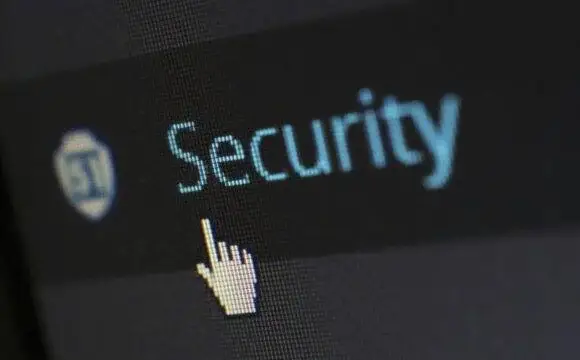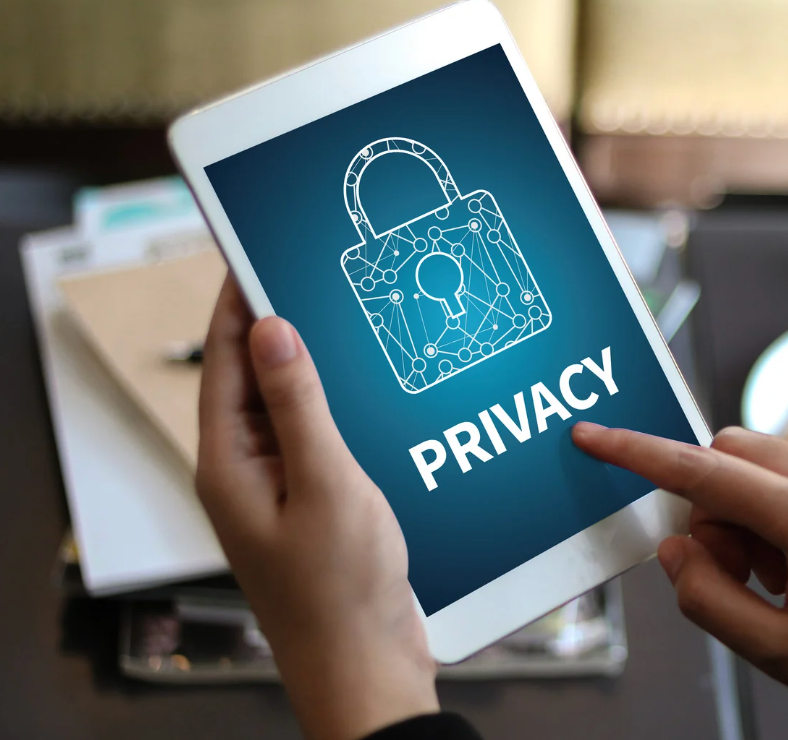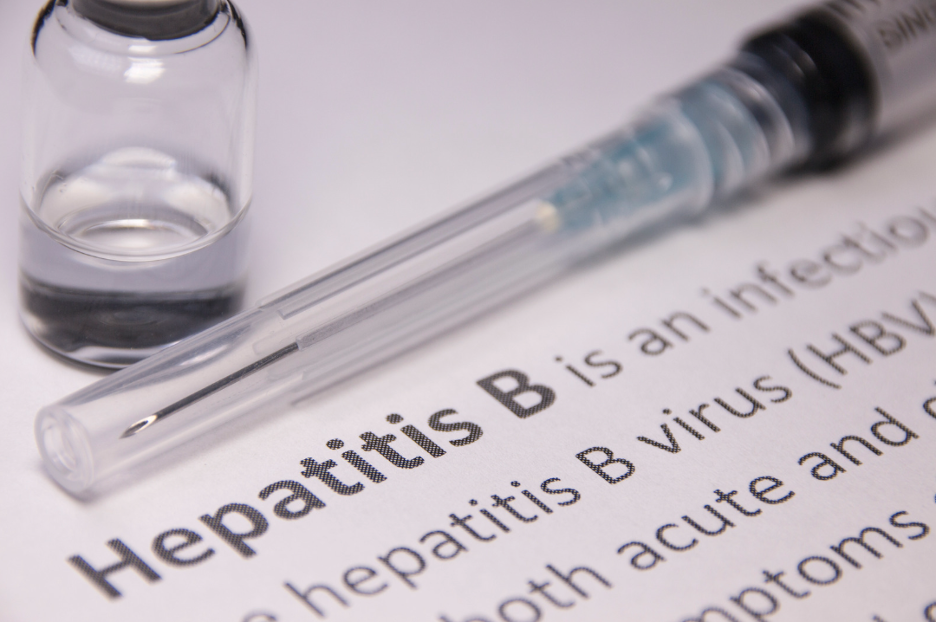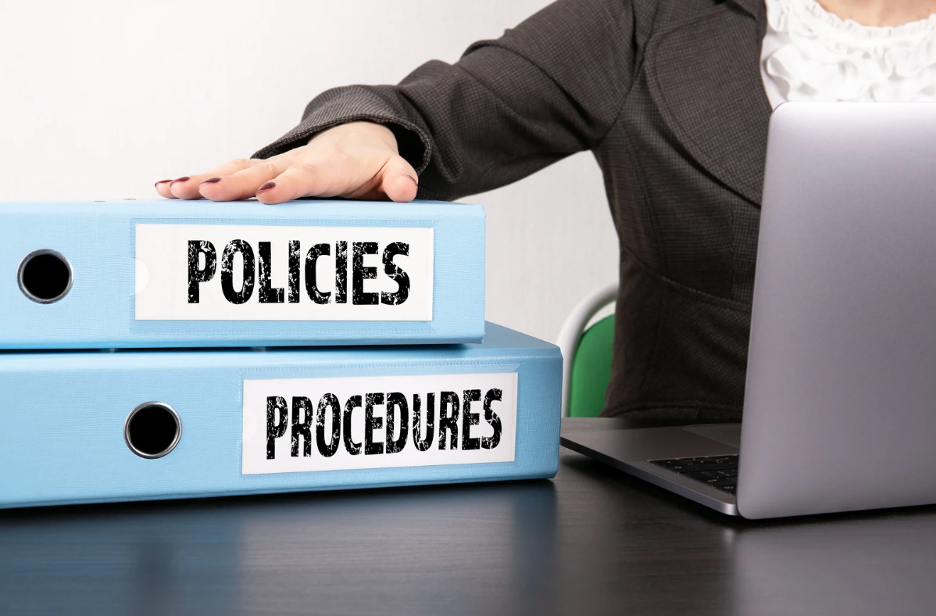The Health Insurance Portability and Accountability Act (HIPAA) of 1996 is a pivotal piece of legislation in the United States that safeguards the privacy and security of individuals’ medical information. Among its key components, the HIPAA Security Rule stands out as essential for protecting electronic protected health information (ePHI). This article delves into the specifics of the HIPAA Security Rule, its requirements, and its significance in the healthcare industry.
Overview of the HIPAA Security Rule
The HIPAA Security Rule establishes national standards for the protection of ePHI that is created, received, used, or maintained by a covered entity. These covered entities include healthcare providers, health plans, and healthcare clearinghouses. The primary objective of the Security Rule is to ensure that ePHI is kept confidential, available, and integral while being accessed or handled.
Key Provisions of the HIPAA Security Rule
- Administrative Safeguards: These are policies and procedures designed to manage the selection, development, implementation, and maintenance of security measures to protect ePHI. Key components include:
- Security Management Process: Implementing risk analysis and management procedures to identify and mitigate potential risks to ePHI.
- Security Personnel: Assigning a security official responsible for developing and implementing security policies.
- Workforce Training and Management: Ensuring employees are trained and comply with security policies.
- Evaluation: Regularly reviewing and updating security measures.
- Physical Safeguards: These involve measures to protect electronic information systems and related buildings and equipment from natural and environmental hazards, as well as unauthorized intrusion. Key components include:
- Facility Access Controls: Implementing policies to limit physical access to electronic information systems and the facilities in which they are housed.
- Workstation Use and Security: Specifying the proper functions and physical attributes of workstations that can access ePHI, and securing such workstations from unauthorized access.
- Device and Media Controls: Managing the receipt, removal, and disposal of hardware and electronic media that contain ePHI.
- Technical Safeguards: These are primarily technology and related policies that protect ePHI and control access to it. Key components include:
- Access Control: Implementing technical policies and procedures to ensure only authorized individuals have access to ePHI.
- Audit Controls: Utilizing hardware, software, and procedures to record and examine access and other activity in information systems containing ePHI.
- Integrity Controls: Implementing policies to ensure that ePHI is not improperly altered or destroyed.
- Transmission Security: Protecting ePHI transmitted over electronic communications networks to prevent unauthorized access.
Compliance and Enforcement
Compliance with the HIPAA Security Rule is mandatory for covered entities and their business associates. The Office for Civil Rights (OCR) within the U.S. Department of Health and Human Services (HHS) is responsible for enforcing the Security Rule. Non-compliance can result in substantial penalties, including fines and corrective action plans. Enforcement actions often stem from breaches of ePHI, highlighting the importance of robust security measures.
The Significance of the HIPAA Security Rule
- Protecting Patient Privacy: The primary goal of the HIPAA Security Rule is to protect patient privacy by ensuring the confidentiality of ePHI. This fosters trust between patients and healthcare providers.
- Preventing Data Breaches: By implementing stringent security measures, healthcare organizations can significantly reduce the risk of data breaches, which can have severe financial and reputational consequences.
- Enhancing Data Integrity and Availability: The Security Rule ensures that ePHI is accurate and accessible to authorized individuals, facilitating effective patient care and operational efficiency.
- Promoting Best Practices: The HIPAA Security Rule encourages healthcare organizations to adopt industry best practices for data security, promoting a culture of continuous improvement and vigilance.
Challenges and Considerations
- Evolving Threat Landscape: Cyber threats are continually evolving, and healthcare organizations must stay ahead of these threats by regularly updating their security measures.
- Resource Allocation: Implementing and maintaining comprehensive security measures require significant resources, which can be a challenge for smaller healthcare providers.
- Balancing Accessibility and Security: Ensuring ePHI is both secure and accessible to authorized individuals requires a delicate balance, necessitating thoughtful policy and technology implementation.
The HIPAA Security Rule is a cornerstone of data protection in the healthcare industry, ensuring that electronic protected health information remains confidential, integral, and accessible. By adhering to the rule’s provisions and fostering a culture of security, healthcare organizations can protect patient information, prevent data breaches, and comply with federal regulations. As the healthcare landscape and technology continue to evolve, so too must the strategies and measures for safeguarding ePHI, ensuring ongoing compliance and protection.
Experience Better Healthcare Compliance
We’ve been assisting our clients with their compliance needs for over 30 years. Let us help build and maintain your HIPAA and/or OSHA program(s) so you can focus on your patients. Contact us today.



